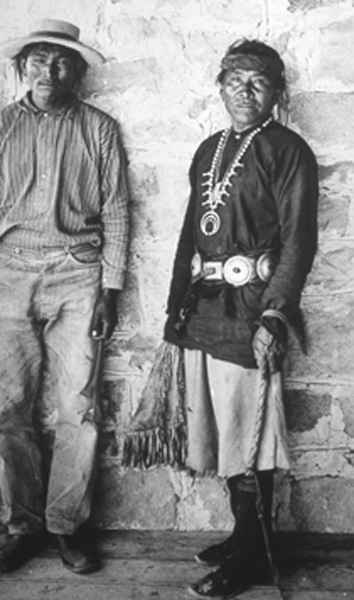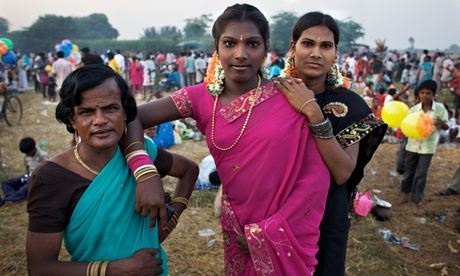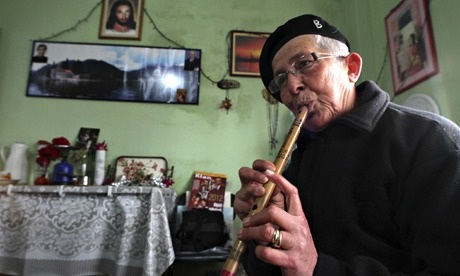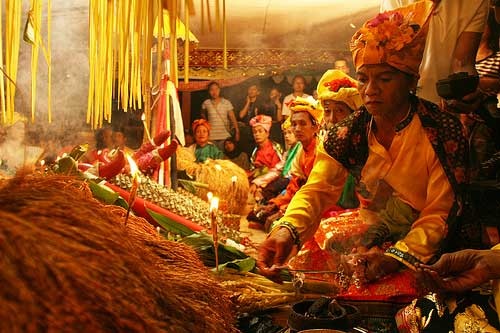Not all cultures treat genders and gender roles in the same way as today in westernized society.
Two Spirit
|
The two spirit is a Native American tradition that "indicates that Native people, prior to colonization, believed in the existence of cross-gender roles, the male-female, the female-male, what we now call the two-spirited person." (Laframboise and Anhorn). This practice or evidence of this practice can be found across America today. This type of cross-gender identity has been documented in over 155 tribes across Native North America (Roscoe 1988). Two spirits were considered gifted, "They were respected as fundamental components of our ancient culture and societies." (Laframboise and Anhorn).
|
Hijras
|
In India there is a third gender called a Hijra. "Hijra is a feminine gender identity that some people who are born male or intersex adopt, often labeled as transgender by the West."(Rezwan). When British colonists arrived in India they were heavily discriminated against. However, recently things have been looking brighter for hijras."...the supreme court of India ruled that transgender people would be recognized on official documents under a seperate "third gender" category. The change follows similar legislation in Nepal, Pakistan and Bangladesh." (Khaleeli).
|
Burrnesha
|
Burrneshas originate from Albania. "The word burrnesha translates as 'he-she.'"(Paterniti). A burrnesha is a sworn virgin, always a woman who has chosen to live as a man and living a life of chastity (Malfatto and Prtoric). "There were strict rules and reasons for this transformation, ones that had been established some 500 years earlier, as part of a medieval canon of laws known as the Kanun. Today possibly only a few dozen burrneshas still exist—and the tribe is fast dwindling."(Paterniti).
|
Bugis gender identities
|
In Indonesia the Bugis ethnic group on the island of Sulawesi recognizes five genders and also three sexes (International).
The gender identities are:
|




